Panasonic Lumix DMC-L10
-
-
Written by Gordon Laing
Outdoor resolution - Panasonic L10 versus Canon EOS 400D / XTi
|
|
Panasonic L10 with 14-50mm at 20mm |
Canon EOS 400D / XTi with Canon EF-S 18-55mm at 24mm | |
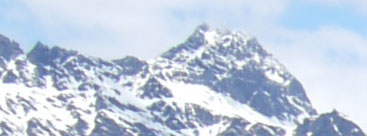 | 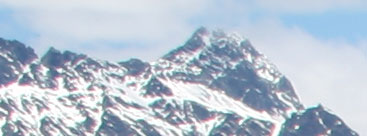 | |
f8, 100 ISO |
f8, 100 ISO | |
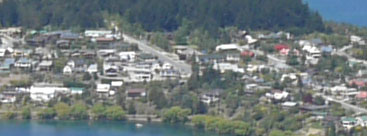 | 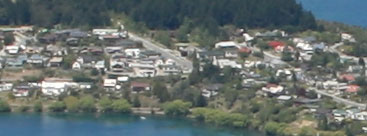 | |
f8, 100 ISO |
f8, 100 ISO | |
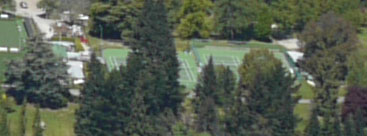 | 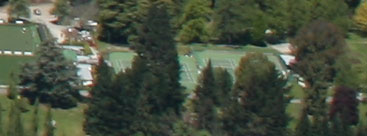 | |
f8, 100 ISO |
f8, 100 ISO | |
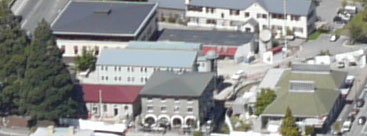 | 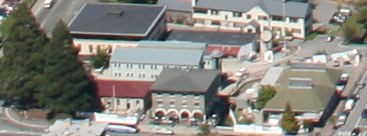 | |
f8, 100 ISO |
f8, 100 ISO |
| The squarer 4:3 aspect ratio of the L10 gives it an extra Megapixel over the same area taken from the 400D / XTi image, but you’d have to look very closely to spot any different in resolved detail. The big difference between the two cameras as seen from the crops above though relate to their respective kit lenses. The L10’s kit lens may be a budget version of the Leica zoom bundled with the Lumix L1, but it still comfortably out-performs the Canon EF-S 18-55mm here. There’s no coloured fringing to mention and the detail remains sharp and well-defined right up to the corners – this is particularly noticeable in the foliage areas. So while the L10 is capable of resolving similar degrees of real-life detail to the 400D / XTi, it will deliver better overall results when both cameras are fitted with their kit lenses. See below for RAW results from the L10. |
Panasonic L10: JPEG versus RAW
|
We photographed the scene above in the L10’s RAW plus Large Fine JPEG mode and have presented crops below from each file for comparison. The RAW file was converted using the supplied SilkyPix Developer Studio 2.1SE software using the default settings into a 16 bit TIFF, which was then reduced to 8 bits in Photoshop and processed the same way as the original JPEG for presentation here. The crop from the RAW file is a little punchier and more saturated than the JPEG using the default settings, but there’s not a great deal of difference in this particular example. Of course the benefit of shooting in RAW is having greater latitude for adjustments later, and since we felt the L10’s default JPEGs could benefit from additional sharpening, RAW gives you the opportunity to experiment with unprocessed images. Now let’s look at the L10’s resolution. |
Panasonic L10 JPEG with 14-50mm at 20mm |
Panasonic L10 RAW with 14-50mm at 20mm | |
 | 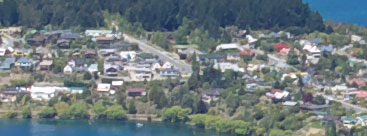 | |
f8, 100 ISO |
f8, 100 ISO |
Panasonic Lumix DMC-L10 results continued…
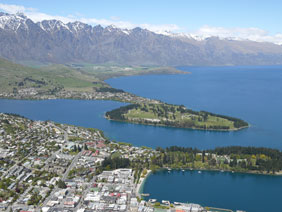 |
To compare real-life performance we shot the same scene with the Panasonic Lumix DMC-L10 and Canon EOS 400D / XTi within a few moments of each other using their best quality JPEG settings, 100 ISO sensitivities and Standard Picture Modes.
We tested each camera with their respective kit lenses: the L10 with the new Leica 14-50mm f3.8-5.6 and the 400D / XTi with the Canon EF-S 18-55mm. Note: The 400D / XTi captured a wider 3:2 frame, but the focal length of each camera was adjusted to deliver the same vertical field of view. Since the 400D / XTi crops below are taken from the same 4:3 area as the L10, it’s effectively being treated here as an 8.9 Megapixel 4:3 camera. As such the Canon crops show a slightly larger area.
The image above was taken with the Panasonic L10 at a sensitivity of 100 ISO, using the 14-50mm lens at 20mm f8; the original JPEG measured 4.41MB. The crops below are taken from the upper left, middle, lower right and lower left areas of the originals and reproduced here at 100%.




